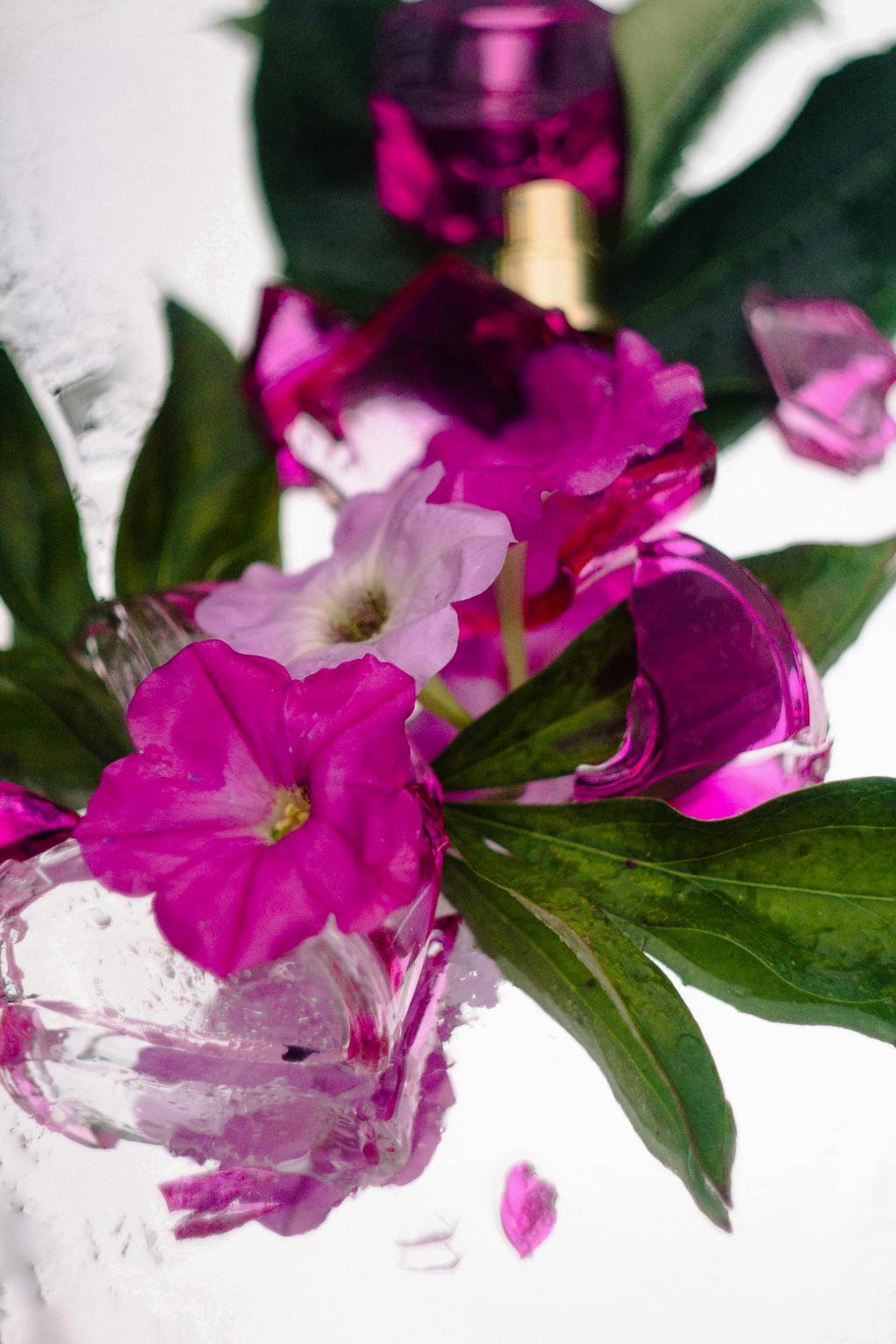Petunias are popular flowering plants known for their vibrant colors and ability to beautify gardens, balconies, and landscapes. However, one common question that many gardeners have is whether petunias come back after their initial growth cycle.
Annual vs. Perennial Petunias
In colder climates, petunias are typically grown as annuals, meaning they complete their life cycle in one growing season. These annual petunias do not come back the following year and need to be replanted each spring.
Recurring Growth in Warmer Climates
On the other hand, in warmer climates with milder winters, petunias can act as perennials and come back year after year. While they may return annually, the lifespan of perennial petunias is relatively short, typically lasting for about three years.
Self-Seeding Petunias
One interesting behavior of petunias is their ability to self-seed. This means that after the flowers fade and the plant produces seeds, those seeds can fall to the ground and germinate in the following growing season without needing to be replanted.
Caring for Petunias for Longevity
To ensure the continued growth and health of petunias, it is essential to provide them with proper care. This includes regular watering, adequate sunlight, and well-draining soil to prevent root rot.
Benefiting from Self-Seeding
For gardeners looking to maintain a consistent display of petunias, allowing the plants to self-seed can be a convenient and cost-effective way to ensure new growth each year without the need for manual reseeding.
Enhancing Petunia Growth
Supplementing petunias with fertilizers high in phosphorus can promote blooming and overall plant health. Deadheading spent flowers can also encourage continued blooming and prevent the plant from putting energy into seed production.
Overwintering Petunias
In regions with cold winters, petunias can be overwintered by bringing them indoors or providing protective coverings to shield them from frost. Proper winter care can help perennial petunias survive and return in the following growing season.
Factors Influencing Petunia Growth
Various factors, including temperature, sunlight exposure, soil quality, and moisture levels, can impact the growth and longevity of petunias. Understanding these variables can help gardeners create optimal conditions for their plants.
Pruning Petunias
Regularly pruning petunias by removing dead or faded flowers can stimulate new growth and prolong the blooming period. Trimming back leggy stems and promoting branching can result in a fuller, more vibrant display of flowers.
Continuous Bloom with Petunias
By providing petunias with proper care, ensuring adequate nutrients, and promoting self-seeding, it is possible to enjoy a continuous display of colorful blooms in your garden or containers throughout the growing season.

Conclusion
In conclusion, whether petunias come back depends on the climate in which they are grown and the specific variety of petunia. While annual petunias need to be replanted each year, perennial petunias can return for multiple growing seasons, with the potential for self-seeding to facilitate ongoing growth. By understanding the needs of petunias and implementing appropriate care practices, gardeners can enjoy the beauty of these versatile flowering plants in their outdoor spaces.
